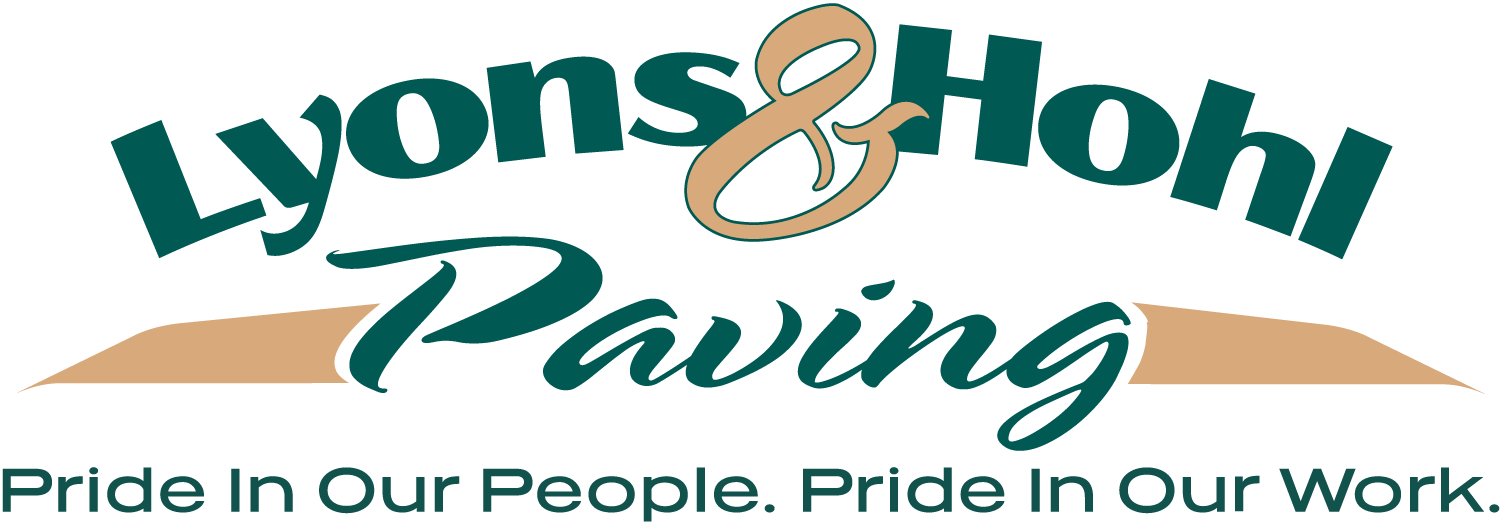WHEN CAN YOU OPEN A COMMERCIAL PARKING LOT AFTER PAVING OR REPAVING?
A commercial parking lot makes the all-important first impression for any business. Smooth, solid parking lots with clean, sharp painted lines make a better impression than cracked, crumbing lots with faded lines, of course.
When commercial parking lots need to be repaved, business owners will actually save money in the long run by hiring paving professionals, who will do the job correctly. Although repaving a parking lot correctly does mean that cars can’t be on that surface for a few days, there are ways to mitigate the disruption, resulting in a solid parking lot that reflects your business’ stability.
Reducing Business Interruption
One way to avoid business disruptions is to schedule your repaving project for an evening before a weekend when your business would be closed. Retail businesses or others that never close may need to plan the repaving project in phases so that the entire parking lot is never completely closed. Such phased repaving projects are more manageable if the parking lot has more than one entrance.
When these options are not possible, businesses may want to arrange for customers to park on the street or in an alternative parking lot nearby for the duration of the repaving project. Clear signage directing customers where to park will help minimize loss of business.
If your business is currently operating on a limited schedule due to the COVID-19 situation, you may also have a unique opportunity to improve your parking lot while fewer employees and customers are visiting your location. Contact us now to discuss scheduling options.
The Correct Way to Repave
Because repaving projects are disruptive, business owners should want them to be done correctly so that they can get more mileage out of their parking lots. Simply laying new asphalt over old, cracked asphalt will result in old cracks bleeding through the new pavement in about a year. By contrast, a properly laid commercial asphalt parking lot should last about 15 to 20 years or more.
Starting Strong
Ideally, a commercial repaving project should start with a site inspection just after a rain so that the paving contractor can locate any depressions that create puddling. We can also evaluate the amount of cracking and crumbling your lot is experiencing. If there are cracks, contractors may recommend scraping off the top layer of the existing pavement or to the foundation base layer. Such scraping not only removes cracks but also allows for re-grading of the foundation layer to eliminate depressions.
It’s true that asphalt should only be laid on a flat and stable foundation of base material, usually crushed stone. If removal of the old pavement during a commercial parking lot repaving project reveals a faulty or thin foundation, your paving contractor may work to shore up that foundation, so your parking lot experiences fewer issues going forward. The stronger the foundation, the longer the finished parking lot will last.
So, When Can I Reopen My Parking Lot After Paving?
As we’ve mentioned many times here on the blog, asphalt pavement is a mixture of stone, gravel, and sand (or aggregates) held together with bitumen, an oily petroleum-based substance. Because asphalt paving mixtures must be hot when they are laid, repaving projects can only happen during warmer weather.
Once laid, asphalt must cure—or cool down and harden—before cars can drive on it. This curing process also involves a reduction in the pavement’s oil content. As the oil oxidizes, the pavement hardens.
Fresh asphalt that has not fully cured can too easily be moved, and the smooth surface marred. Car tires from parked cars can cause severe damage to soft asphalt. Power steering makes it possible for drivers to turn their tires even when the vehicle is parked, causing scrapes, or “power steering tears,” in fresh asphalt pavement.
To avoid such damage, cars should stay off fresh asphalt pavement for one to three days, sometimes longer. How long will actually depend upon the type of asphalt being laid and the weather. Hotter ground and air temperatures can mean asphalt will take longer to cure. In the end, your professional asphalt contractor should provide you with guidance about when it is best to reopen your parking lot after paving or repaving.
Don’t Forget Protective Seal-coating
Seal-coating your freshly paved asphalt parking lot is another critical step that protects it and prolongs its life. Sealing the paving stops the oil’s oxidation process, which means the pavement stays at a fixed hardness for a longer period of time.
If your parking lot is older than six months, it is ready to be seal-coated at any time. Repeat applications of seal-coating should then be made every other year to once every three years. Note that seal-coating it too soon could result in asphalt that is too soft to withstand the power steering tears we mentioned above.
Trust Lyons & Hohl Paving for All Your Commercial Parking Lot Needs
Are you ready to start a parking lot paving or repaving project? We invite Central PA business owners to contact us today for a professional assessment of your existing asphalt parking lot or areas where you may want to add new parking. Discover the Lyons & Hohl Paving difference today!
